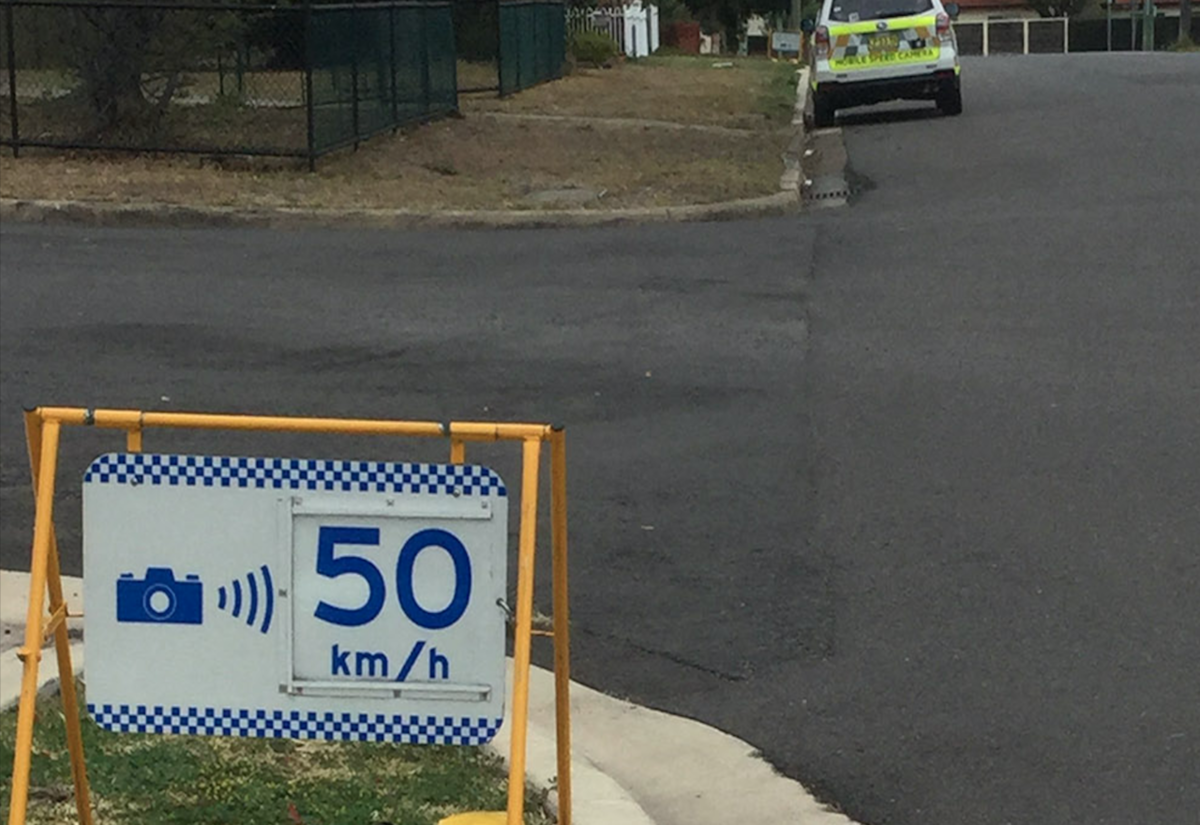Mobile speed camera inquiry moves up a gear
Laura Williams
03 December 2021, 8:14 PM
 A controversial decision made last year saw warning signs for mobile speed cameras removed from roads.
A controversial decision made last year saw warning signs for mobile speed cameras removed from roads. A public hearing for the NSW inquiry into mobile speed camera rules began last week, a year after warning signs of the cameras were removed from roads.
The inquiry is investigating the ramifications of the state’s recent changes after being accused of being revenue-raising tactic from the government and an impediment to road safety.
The inquiry has received an enormous number of submissions - more than 1400 - so many that only those with more than 250 words are being published on the parliamentary committee's website.
Submissions have indicated that regional roads have seen the biggest impacts of the changes, particularly with longer roads and fewer public transport options.
The Central NSW Joint Organisation Executive Officer Jennifer Bennet said that they are in favour of a more preventative approach to speeding.
“Given our long travel distances in rural and regional NSW the visual cue to slow down from a speed camera warning sign is a good reminder,” Ms Bennett said.
The removal of warning signs was also accompanied by mobile speed camera cars being stripped of their highly visible markings to more subtle designs.
Member for Barwon Roy Butler said that the electorate is seemingly in favour of the return of warning signs.
“The point of speed cameras is to change driver behaviour. If someone is well in excess of the speed limit, the signs won’t stop them getting a ticket…getting a fine weeks later doesn’t slow people down on the day,” Mr Butler said.
“Regional people in NSW are disproportionately impacted by not having a driving licence. This needs to be acknowledged in how speed cameras are managed,” Mr Butler said.
In addition to licence suspension, speeding fines rose tenfold in the second month of the removal of the signs. While in January 2020 the NSW revenue from mobile speed cameras fines was $382,000, in January 2021 it increased to $3.4 million.
The Australasian College of Road Safety supports the 2020 changes, however, stating in their evidence that while warning signs have increased compliance at the locations of mobile speed cameras, they aren’t effective at achieving a general deterrence of speeding.
The effectiveness of the change in reducing speeding and in effect, vehicle collisions, has been questioned following the state’s road toll figures.
In the 12-month period to December 2 the NSW Government reported 265 fatalities on NSW roads, just 19 below last year’s total of 284 fatalities, despite less road traffic reported this year due to state-wide stay-at-home orders.
The parliamentary committee is now considering the many submissions and presentations containing evidence for and against the removal of warning signs, and is yet to hand down any recommendations.